Home>Furniture>Outdoor Furniture>How To Make A Patio Table


Outdoor Furniture
How To Make A Patio Table
Modified: March 7, 2024
Learn how to make a stylish and functional outdoor patio table with our easy-to-follow guide. Create the perfect piece of outdoor furniture for your backyard or patio.
(Many of the links in this article redirect to a specific reviewed product. Your purchase of these products through affiliate links helps to generate commission for Storables.com, at no extra cost. Learn more)
Introduction
Welcome to the ultimate guide on how to make a patio table! If you enjoy spending time outdoors and entertaining guests, having a functional and stylish patio table is a must. Whether you’re looking to build a new table from scratch or revamp an existing one, this comprehensive article will provide you with all the information you need to create the perfect centerpiece for your outdoor space.
A patio table is not just a place to set your drinks and snacks; it’s a gathering spot, a place to enjoy meals with loved ones, and even a workspace for outdoor projects. By building your own patio table, you have the freedom to customize it to your exact specifications, ensuring it fits perfectly with your outdoor aesthetic and lifestyle.
Before you set off on your table-building adventure, it’s important to have a clear vision of what you want to achieve. Consider the size, shape, and style of the table that will best suit your outdoor area. Are you looking for a small, intimate table for two, or a large, family-sized table for hosting outdoor gatherings? Will it be a rustic farmhouse-style table, or sleek and modern? Having a plan in place will help you stay focused and make the process much smoother.
In the following sections, we’ll guide you through the materials, tools, and steps needed to construct a patio table that will not only be functional but also withstand the elements. So, grab your work apron, gather your materials, and let’s get started on creating your dream patio table!
Key Takeaways:
- Building a patio table allows you to customize the size, shape, and style to fit your outdoor space. Choose durable materials like hardwood or metal, and follow the steps for construction, finishing, and protective coating.
- Essential tools like a saw, drill, and sander are needed to build a patio table. Plan and design the table carefully, and enjoy the satisfaction of creating a functional and visually appealing centerpiece for your outdoor area.
Read more: How To Make A Patio On Grass
Choosing the Right Materials
Selecting the right materials is crucial when building a patio table that will withstand outdoor elements and provide long-lasting durability. Here are a few key considerations:
- Wood: Opt for hardwoods such as cedar, teak, or redwood, which are known for their natural resistance to decay and insects. These woods are also sturdy and can withstand the elements. Avoid softwoods like pine, as they may not hold up well outdoors.
- Metal: Metal is another popular choice for patio tables, as it is durable and can withstand harsh weather conditions. Aluminum and wrought iron are commonly used due to their resistance to rust. However, keep in mind that metal tables may require occasional maintenance to prevent rust or corrosion.
- Composite Materials: Composite materials, such as recycled plastic or resin, are becoming increasingly popular for outdoor furniture. They are highly resistant to moisture, insects, and fading, making them a low-maintenance option. Additionally, composite materials come in a variety of colors and styles to suit your aesthetic preferences.
Consider the overall style and finish you desire for your patio table. If you prefer a natural and rustic look, go for wood. If you want a more modern and sleek appearance, metal or composite materials may be more suitable. Additionally, take into account the weight of the materials, as a heavier table may be more stable and less likely to be affected by strong winds.
Before making your final decision, it’s essential to evaluate your budget and the intended use of the patio table. While some materials may be more expensive upfront, they may provide better longevity and require less maintenance in the long run. Remember that investing in high-quality materials will ensure your patio table stands the test of time and remains a focal point of your outdoor space for years to come.
Tools and Equipment Needed
Before diving into building your patio table, it’s important to gather all the necessary tools and equipment. Here’s a list of essential items you’ll need:
- Measuring Tape: Accurate measurements are crucial for ensuring your patio table is the right size and fits your outdoor space properly.
- Saw: A saw will be needed to cut the wood or other materials to the desired lengths and shapes. Depending on your preference and the type of materials you choose, you may need a circular saw, miter saw, or jigsaw.
- Drill: A power drill or cordless drill with varying drill bits will be necessary for creating holes for screws or other hardware.
- Screwdriver: Both a flat-head and a Phillips-head screwdriver will be needed for attaching screws and other fasteners.
- Sander: To achieve a smooth and even surface on your patio table, a sander or sandpaper will be required. Consider using an orbital sander or sanding block for efficiency.
- Clamps: Clamps are essential for holding wood pieces together securely during assembly and gluing.
- Ruler or Square: A ruler or square tool will assist in ensuring accurate measurements and precise angles when cutting and assembling the table.
- Safety Equipment: To protect yourself while working, don’t forget to wear safety glasses, gloves, and a dust mask to prevent injuries and inhaling harmful particles.
These are just some of the basic tools you’ll need for building a patio table. Depending on the complexity of your design, you may require additional tools or specialized equipment. It’s always a good idea to have a well-stocked toolbox ready to tackle any unforeseen challenges during the construction process.
Remember, investing in high-quality tools will contribute to the success and accuracy of your project. If you don’t already own these tools, consider renting or borrowing them to save on costs. Alternatively, if you plan to pursue more woodworking projects in the future, investing in good-quality tools will be a worthwhile long-term investment.
Planning and Designing
An important step in building a patio table is the planning and designing phase. This is where you can let your creativity shine and customize the table to suit your personal style and outdoor space. Here are some key considerations to keep in mind:
- Size and Shape: Determine the dimensions of your patio table based on the available space in your outdoor area. Consider the number of people you want to accommodate and the type of gatherings you envision. Round, rectangular, or square shapes are common, but feel free to think outside the box and explore unique shapes that fit your design aesthetic.
- Tabletop Style: The tabletop is the focal point of your patio table, so think about the style you want to create. Options include a solid wood surface, a tiled mosaic design, or a combination of different materials. Consider factors such as maintenance, durability, and expected wear and tear when choosing the tabletop style.
- Leg and Base Design: The legs and base of your table are not only functional but also contribute to the overall aesthetic. Decide on the type of legs you want, such as straight or tapered, and consider adding additional design elements like cross supports or decorative accents.
- Joinery Method: Determine the joinery method you’ll use to connect the different components of your patio table. Common options include screws, dowels, or mortise and tenon joints. Each method has its own benefits and considerations in terms of strength, stability, and aesthetics.
- Finish and Paint: Consider the type of finish or paint you want to apply to your patio table to protect it from the elements and enhance its appearance. Different stain or paint colors can help achieve the desired look, whether it’s a natural wood finish or a bold and vibrant color.
As you plan and design your patio table, don’t forget to consider your skill level and the tools you have available. If you’re a beginner, it’s best to start with a simpler design and gradually take on more complex projects as you gain experience. Sketch out your ideas on paper or use design software to visualize the final product and make any necessary adjustments before moving on to the construction phase.
By taking the time to plan and design your patio table, you’ll ensure that it aligns with your vision, fits your outdoor space perfectly, and becomes a statement piece that enhances your overall outdoor aesthetic.
Building the Tabletop
Building the tabletop is a key step in constructing your patio table. The tabletop not only provides a functional surface for dining and other activities but also adds visual appeal to the overall design. Follow these steps to build a sturdy and beautiful tabletop:
- Select the Materials: Choose the type of material you want for your tabletop, such as wood, composite, or even a mosaic design. Measure and cut the material to the desired dimensions, ensuring it fits the base of your table.
- Prepare the Surface: If you’re using wood, sand the surface to achieve a smooth finish and remove any rough edges. For composite or mosaic materials, clean and prepare the surface according to the manufacturer’s instructions.
- Arrange and Attach the Boards: If you’re using wood planks for your tabletop, arrange them in the desired pattern and align the edges. Secure them together using pocket screws, dowels, or another suitable joinery method. Ensure the boards are evenly spaced and flush with one another.
- Reinforce the Underside: To add extra stability to the tabletop, consider attaching support strips or braces underneath the boards. These can be secured with screws or brackets to prevent warping or sagging over time.
- Sand and Seal: Once the tabletop is assembled, sand the entire surface again to remove any imperfections or sharp edges. Apply a suitable wood sealer or finish to protect the tabletop from moisture, sunlight, and daily wear and tear. Follow the manufacturer’s instructions for application and drying times.
When building the tabletop, ensure that it is level and securely attached to the table legs or base. Use a level to check for any unevenness and make adjustments if needed. Taking the time to properly construct and finish the tabletop will result in a durable and visually appealing surface that will withstand outdoor conditions.
Remember to consider the specific instructions and recommendations based on the materials you choose for your tabletop. Adhere to the manufacturer’s guidelines to ensure a successful construction and a tabletop that will stand the test of time.
When making a patio table, be sure to use weather-resistant materials like cedar or teak to ensure it can withstand outdoor conditions. Also, consider adding a protective sealant to prolong its lifespan.
Read more: How To Make A Brick Patio
Constructing the Table Legs
The table legs provide the necessary support and stability for your patio table. When constructing the table legs, it’s important to consider the style and functionality you want to achieve. Follow these steps to build sturdy and visually appealing table legs:
- Measure and Cut: Determine the desired height for your table legs, keeping in mind the overall dimensions of your table. Measure and mark the length for each leg. Use a saw to cut the legs to the appropriate size.
- Create the Leg Design: Decide on the design of your table legs. It could be as simple as straight legs or more intricate, such as tapered or turned legs. Use a ruler or square to mark any angles or curves you want to incorporate into the design.
- Cut the Leg Joints: If you’re creating angled or curved legs, you may need to make cut joints to achieve the desired shape. Use a saw, chisel, or other appropriate tools to carefully remove the excess material and create clean and precise joints.
- Sand and Smooth: After cutting and shaping the legs, sand the surfaces and edges to ensure they are smooth and free from any roughness. This step not only enhances the appearance but also prevents splinters or injuries.
- Attach the Legs: Determine the attachment method for connecting the legs to the tabletop. This can include using brackets, screws, or mortise and tenon joints for a more traditional look. Ensure that the legs are securely fastened to the tabletop to provide stability.
- Stabilize the Legs: For added stability, consider adding support braces or cross beams between the legs. These can be attached using screws or brackets and help distribute the weight evenly across the legs.
As you construct the table legs, keep in mind the overall design and style of your patio table. The legs should complement the tabletop and contribute to the cohesive look and feel of the entire piece. Take your time to ensure accurate measurements, precise cuts, and proper attachment to create a sturdy foundation for your patio table.
Remember to follow any safety guidelines and personal protective equipment recommendations while using saws or other cutting tools. Safety goggles and gloves are essential to protect against potential accidents or injuries during the construction process.
Joining the Legs and Tabletop
Joining the legs and tabletop is a crucial step in constructing your patio table as it ensures stability and functionality. By securely connecting these components, you create a solid and durable structure. Follow these steps to properly join the legs and tabletop:
- Position the Legs: Start by placing the table legs in the desired position, ensuring they are aligned with the corners or edges of the tabletop. Use a measuring tape or square to ensure they are evenly spaced and level.
- Choose the Joinery Method: Decide on the joinery method you’ll use to attach the legs to the tabletop. Common options include using screws, bolts, dowels, or mortise and tenon joints. Consider the strength, stability, and aesthetic appeal of each method.
- Pre-drill Holes: To prevent splitting and ensure accurate placement, pre-drill pilot holes for the screws or dowels. Use a drill bit that matches the size of the screws or dowels you’ll be using. Make sure the holes are centered and straight.
- Attach the Legs: With the help of an assistant or clamps to hold the legs in place, drive the screws or insert the dowels through the pre-drilled holes. Make sure they are tight and flush with the surface. If using a different joinery method, such as mortise and tenon, follow the appropriate instructions.
- Reinforce the Joints: To add extra strength and stability, consider using corner braces or metal brackets to reinforce the joints between the legs and tabletop. Secure the braces or brackets using screws or nails, making sure they are hidden from view.
- Check for Stability: After attaching the legs, check the stability of the table by gently rocking it and applying slight pressure. If there is any wobbling or instability, make any necessary adjustments and ensure all connections are secure.
As you join the legs and tabletop, pay attention to the details and take your time to ensure accuracy. A solid and well-joined connection will ensure that your patio table remains stable and durable for years to come.
Remember to follow any manufacturer’s instructions for the specific joinery method you choose. This will help ensure the best results and a well-constructed patio table.
Sanding and Finishing
Sanding and finishing your patio table is a crucial step in the construction process, as it enhances the appearance, smoothens the surface, and protects the wood or other materials from the elements. Follow these steps for effective sanding and finishing:
- Sand the Surface: Start by sanding the entire surface of the table, including the tabletop, legs, and any other exposed areas. Use sandpaper with a medium grit to remove any rough spots, splinters, or imperfections. Work in the direction of the wood grain or the designated pattern for non-wood materials.
- Smooth the Edges: Pay attention to the edges of the tabletop and legs, as these areas can be prone to sharpness or roughness. Use sandpaper or a sanding block to gently round off the edges and create a smooth, comfortable feel.
- Progress with Fine Grits: After using medium-grit sandpaper, progressively move to finer grits for a smoother surface. This will help remove any remaining scratches or blemishes and prepare the surface for finishing. Start with a fine-grit sandpaper and continue with even finer grits, such as 220 or 320, for a silky smooth finish.
- Remove Dust: Clean the surface thoroughly to remove any sanding dust or debris. Use a damp cloth or a vacuum cleaner with a brush attachment to ensure all residual particles are removed. Let the surface dry completely before moving to the next step.
- Apply the Finish: Choose the appropriate finish based on the materials used for your patio table. If you’re working with wood, you can opt for a clear varnish, stain, or paint that suits your desired aesthetic. Apply the finish using a brush, sponge, or cloth, following the manufacturer’s instructions for proper application techniques and drying times. Multiple coats may be required for optimal protection.
- Let It Cure: Allow sufficient time for the finish to cure and dry completely. This will ensure that it forms a durable protective layer that can withstand outdoor conditions. Avoid placing any objects on the table until the finish has completely cured.
Sanding and finishing not only improve the aesthetic appeal of your patio table but also protect the wood or other materials from moisture, UV rays, and general wear and tear. Properly sanding and applying a suitable finish will help extend the lifespan of your patio table and maintain its beauty over time.
Remember to work in a well-ventilated area and wear appropriate safety gear, such as goggles and a dust mask, when sanding and applying finishes. This will protect you from fine particles and fumes.
By following these steps, you can achieve a smooth and beautifully finished patio table that will be a focal point of your outdoor space.
Adding a Protective Coating
Adding a protective coating to your patio table is crucial for preserving its beauty and ensuring it withstands the outdoor elements. A protective coating provides a barrier against moisture, UV rays, and general wear and tear. Here are the steps to add a protective coating to your patio table:
- Clean the Surface: Before applying any coating, ensure that the surface of your patio table is clean and free of dust, dirt, and debris. Use a mild detergent or wood cleaner along with a scrub brush or sponge to thoroughly clean the table. Rinse with water and let the table dry completely.
- Choose the Coating: Select a suitable protective coating based on the material of your patio table. For wood, options include varnish, paint, or an outdoor-specific wood protector. For non-wood materials, such as metal or composite, look for coatings designed for outdoor use and appropriate for the specific material.
- Apply the Coating: Follow the manufacturer’s instructions for applying the protective coating. Use a brush, roller, or sprayer to evenly apply the coating to the entire surface of the patio table, including the tabletop, legs, and any other exposed areas. Apply multiple thin coats, allowing each coat to dry fully before applying the next.
- Sand Between Coats: For a smoother finish, consider sanding the surface lightly using fine-grit sandpaper between coats of the protective coating. This will help remove any imperfections or bubbles and create a more even finish. Be sure to remove any sanding residue before applying the next coat.
- Allow for Proper Drying and Curing: After applying the final coat, allow the protective coating to dry and cure fully according to the manufacturer’s instructions. This may involve a waiting period of several hours or even a few days, depending on the type of coating used. Avoid placing any objects on the table until the coating is fully cured.
- Maintain and Reapply as Needed: Over time, your patio table may require periodic maintenance and reapplication of the protective coating. Monitor the condition of the coating and inspect for any signs of wear or peeling. Follow the manufacturer’s recommendations for maintenance and reapplication to ensure long-lasting protection.
Adding a protective coating to your patio table is essential for preserving its appearance and durability. It will help guard against water damage, fading, and other outdoor elements that can cause premature deterioration. Regular maintenance and reapplication of the protective coating will extend the lifespan of your patio table and keep it looking its best for years to come.
Remember to work in a well-ventilated area and wear appropriate safety gear, such as gloves and a mask, when applying the protective coating. Follow all manufacturer’s instructions and recommendations for the specific coating product you choose.
By following these steps, you can ensure that your patio table remains protected and continues to enhance your outdoor space for many seasons.
Read more: How To Make A Cheap Patio
Conclusion
Congratulations! You have now completed the journey of building your very own patio table. With careful planning, the right materials, and the necessary tools, you have created a functional and visually appealing centerpiece for your outdoor space.
Throughout this guide, we explored the importance of choosing the right materials, such as durable wood or weather-resistant composites, and discussed the essential tools needed for the construction process. By carefully considering the size, shape, and style of your patio table, you were able to plan and design a table that perfectly suits your outdoor area.
We covered the steps involved in building the tabletop, constructing the legs, and joining them with the tabletop. Through sanding and finishing, you ensured that the surfaces were smooth, free of imperfections, and protected from the elements. Finally, adding a protective coating provided an extra layer of defense against moisture, UV rays, and general wear and tear.
With your newly constructed patio table, you now have a versatile space for outdoor dining, entertaining guests, or simply enjoying a cup of coffee while admiring your surroundings. Remember to maintain and clean your table regularly, following the manufacturer’s recommendations, to ensure its longevity.
Building your own patio table not only allows for customization and creative expression but also provides a sense of accomplishment and pride in your outdoor living space. So, invite your friends and family, gather around your new table, and create lasting memories in the comfort of your own backyard.
Thank you for joining us on this journey of crafting a patio table. We hope this guide has been informative, inspiring, and helpful. Now, go and enjoy your outdoor oasis!
Frequently Asked Questions about How To Make A Patio Table
Was this page helpful?
At Storables.com, we guarantee accurate and reliable information. Our content, validated by Expert Board Contributors, is crafted following stringent Editorial Policies. We're committed to providing you with well-researched, expert-backed insights for all your informational needs.
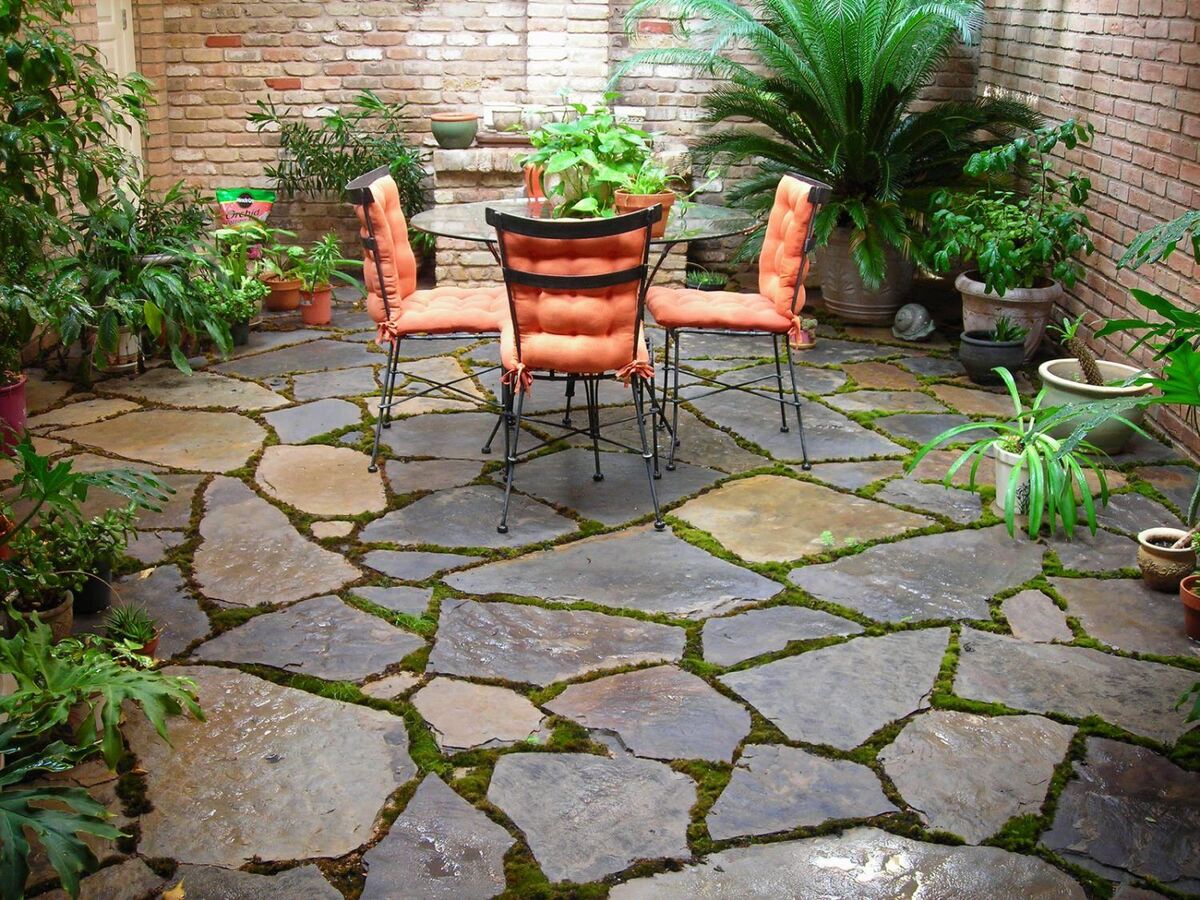
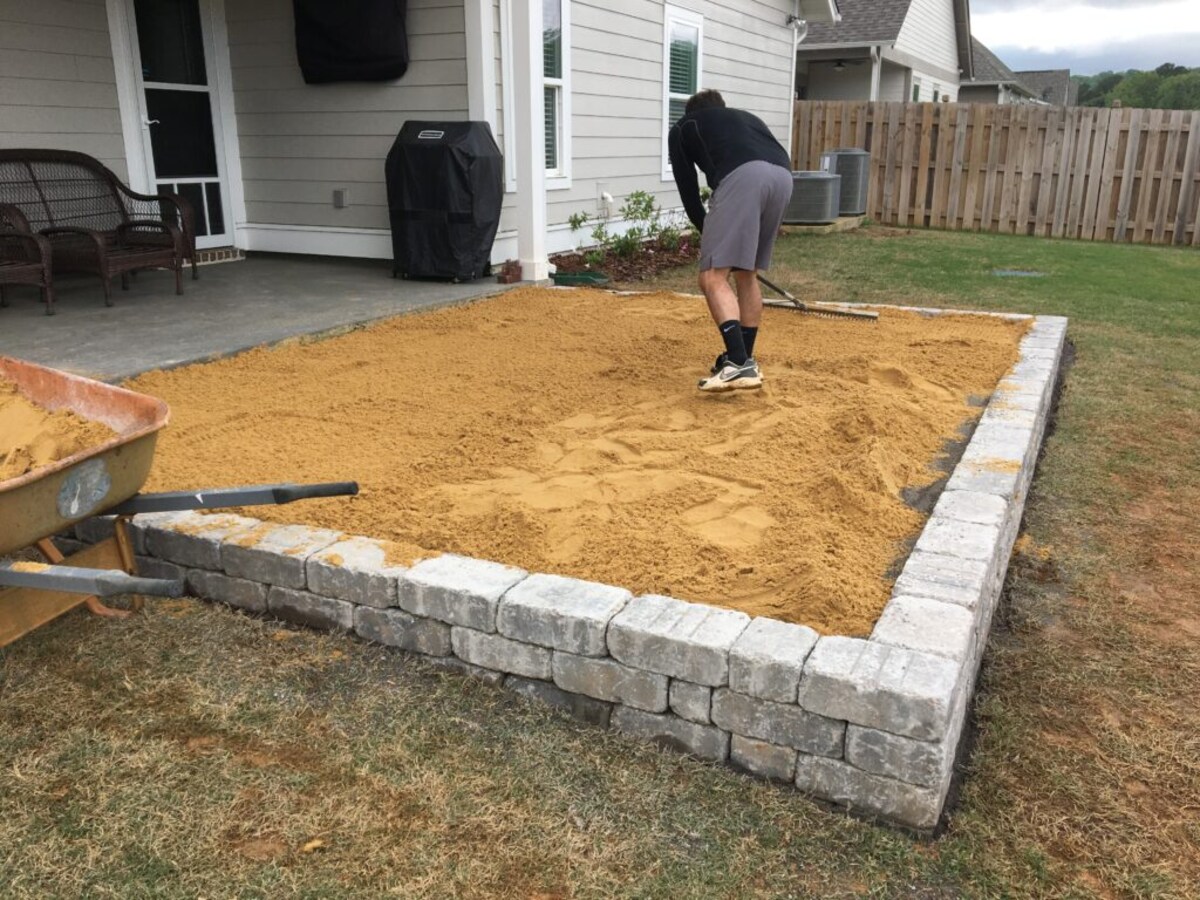
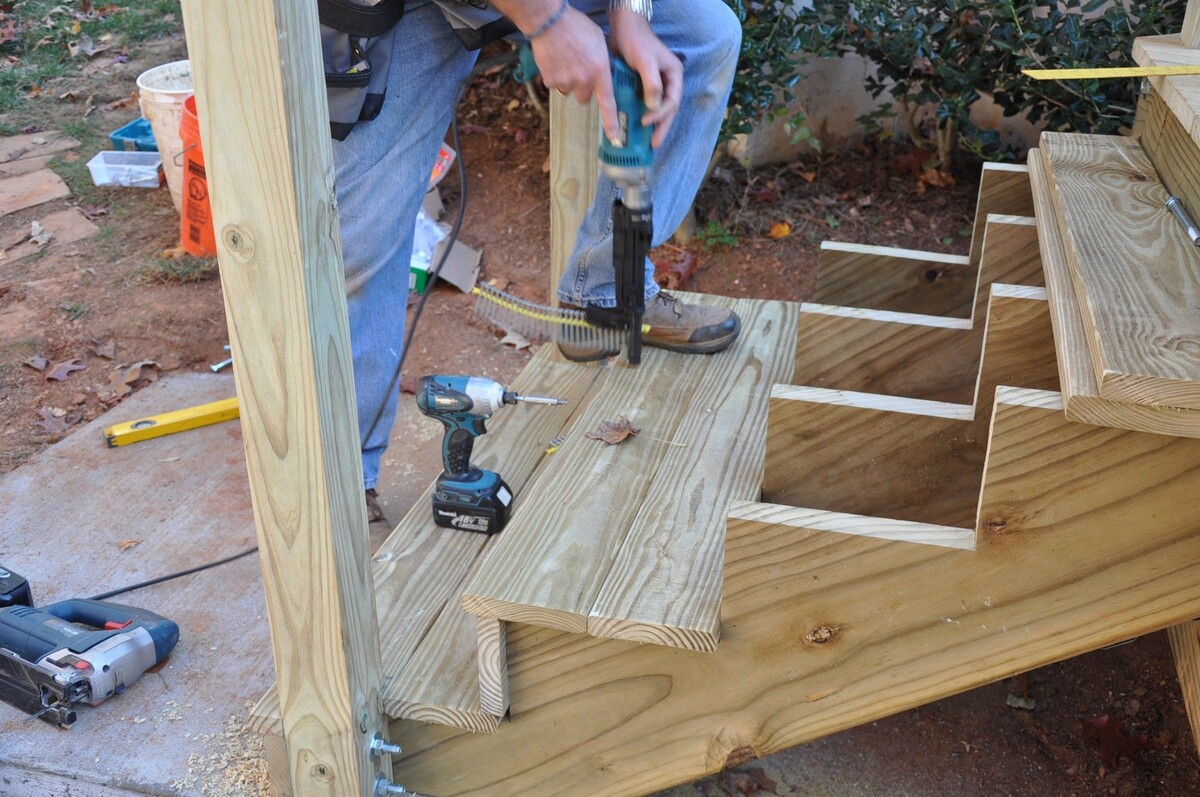
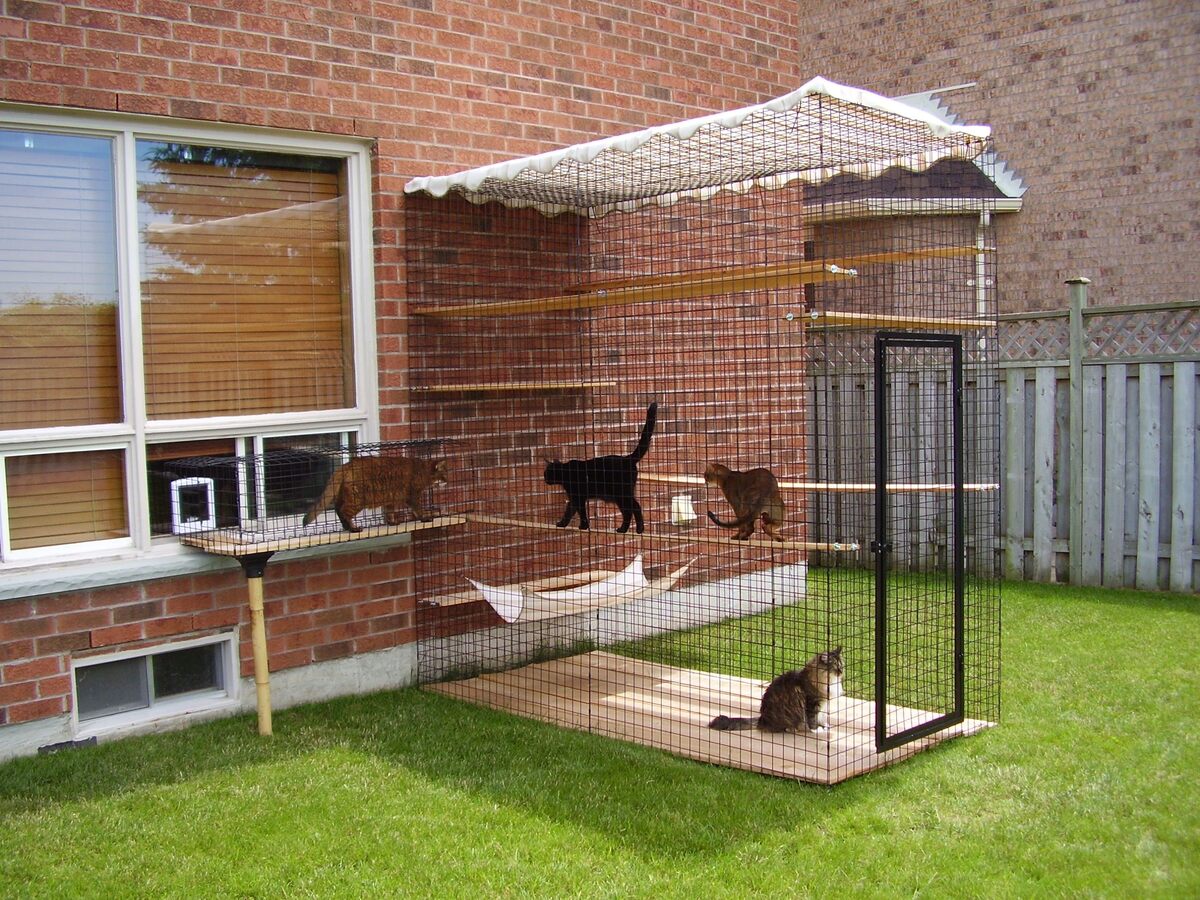
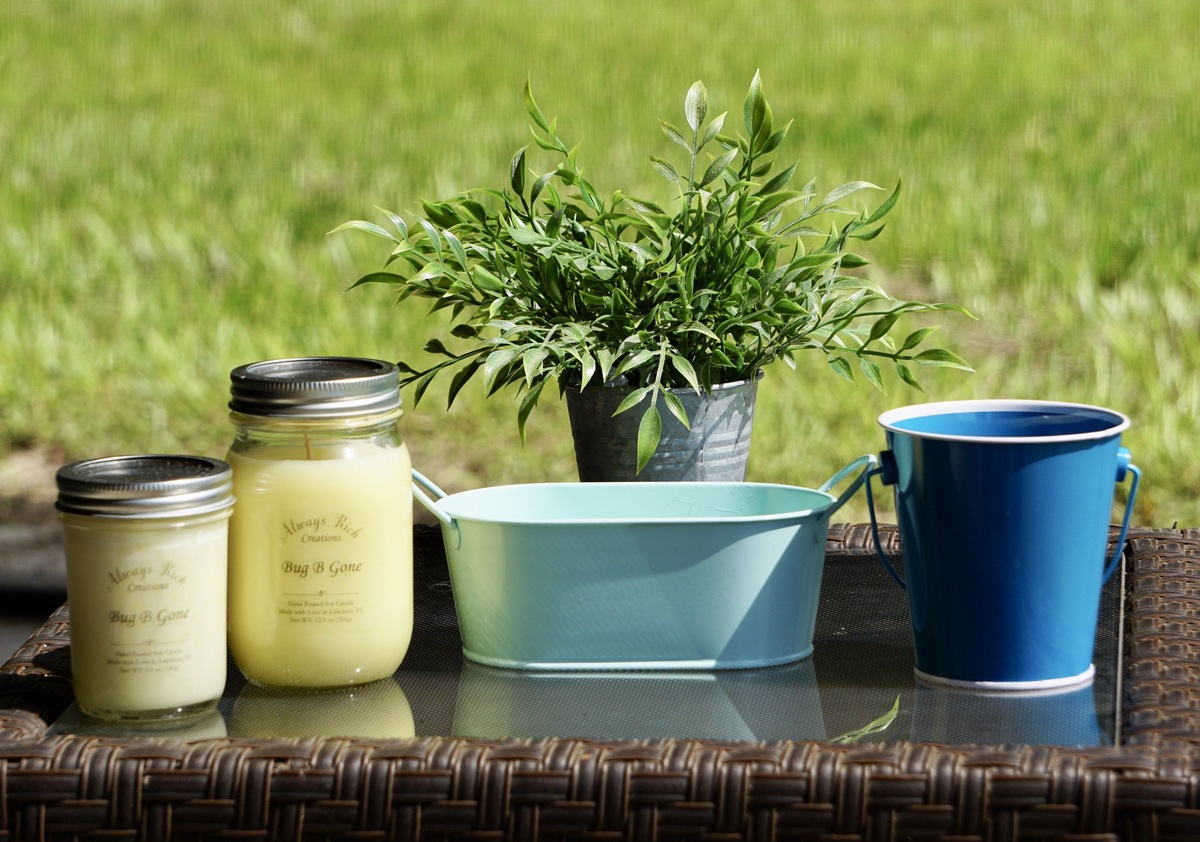
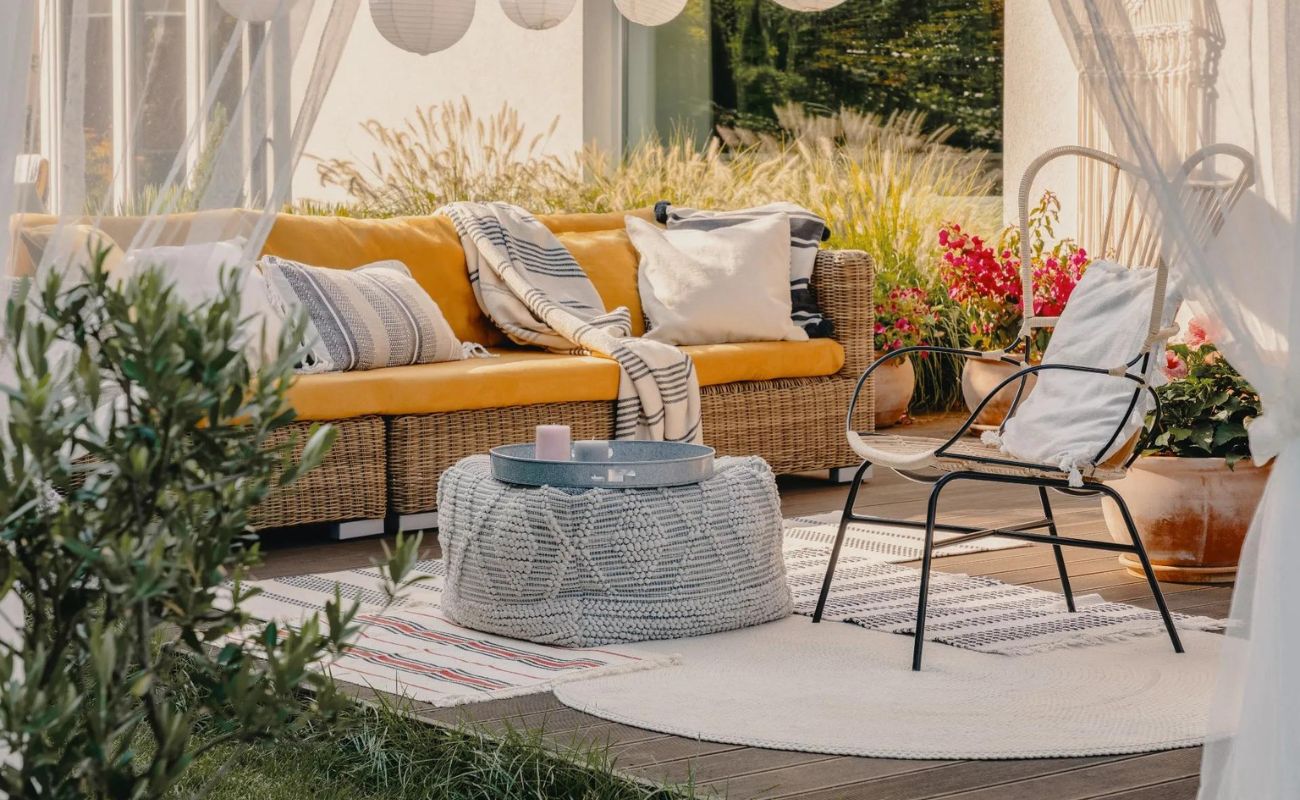
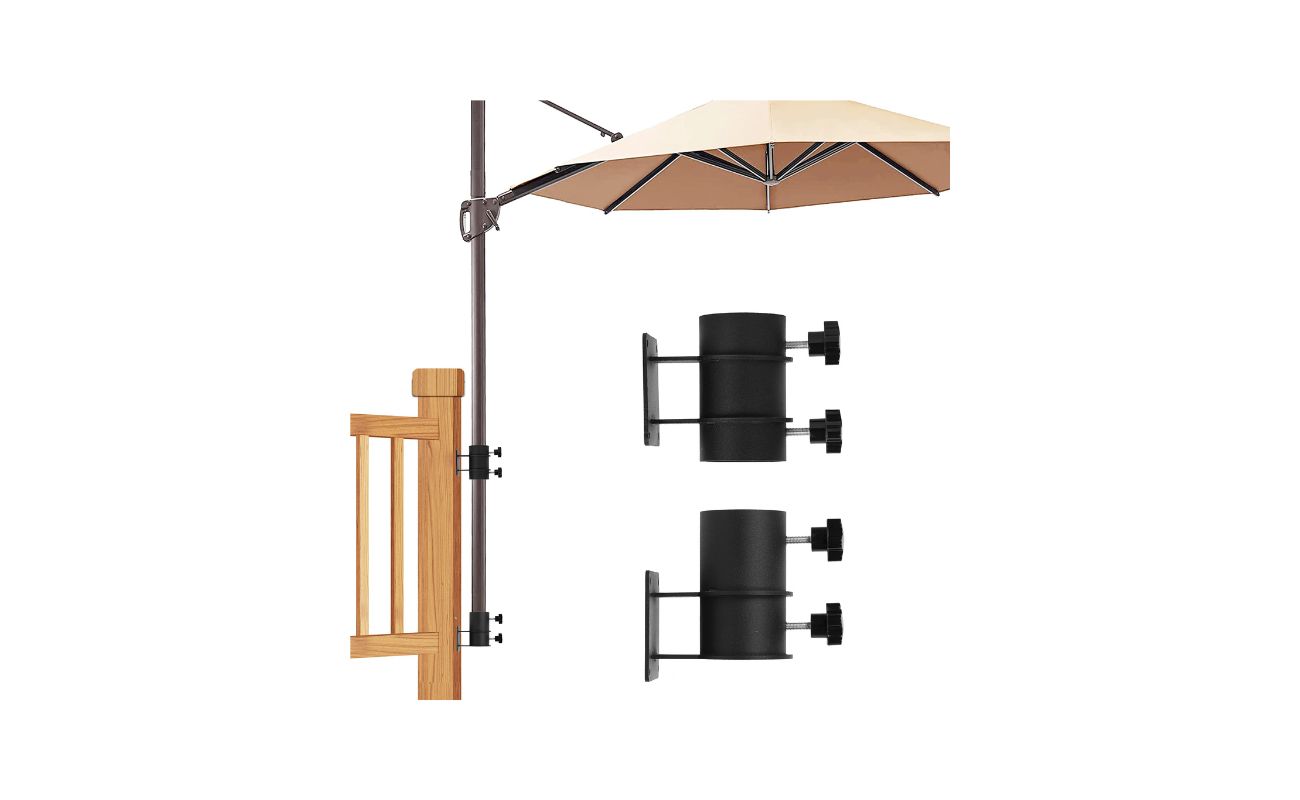
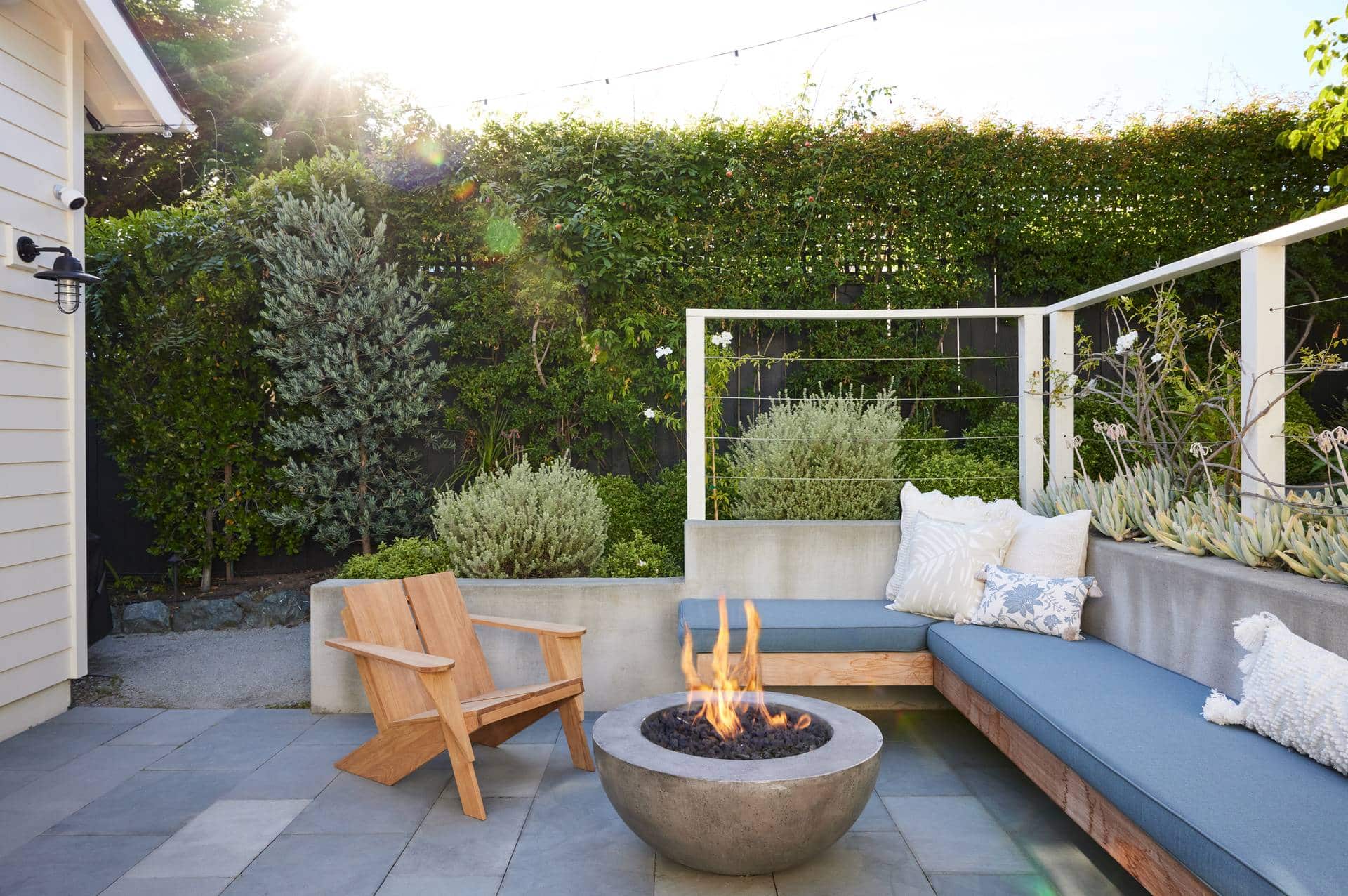
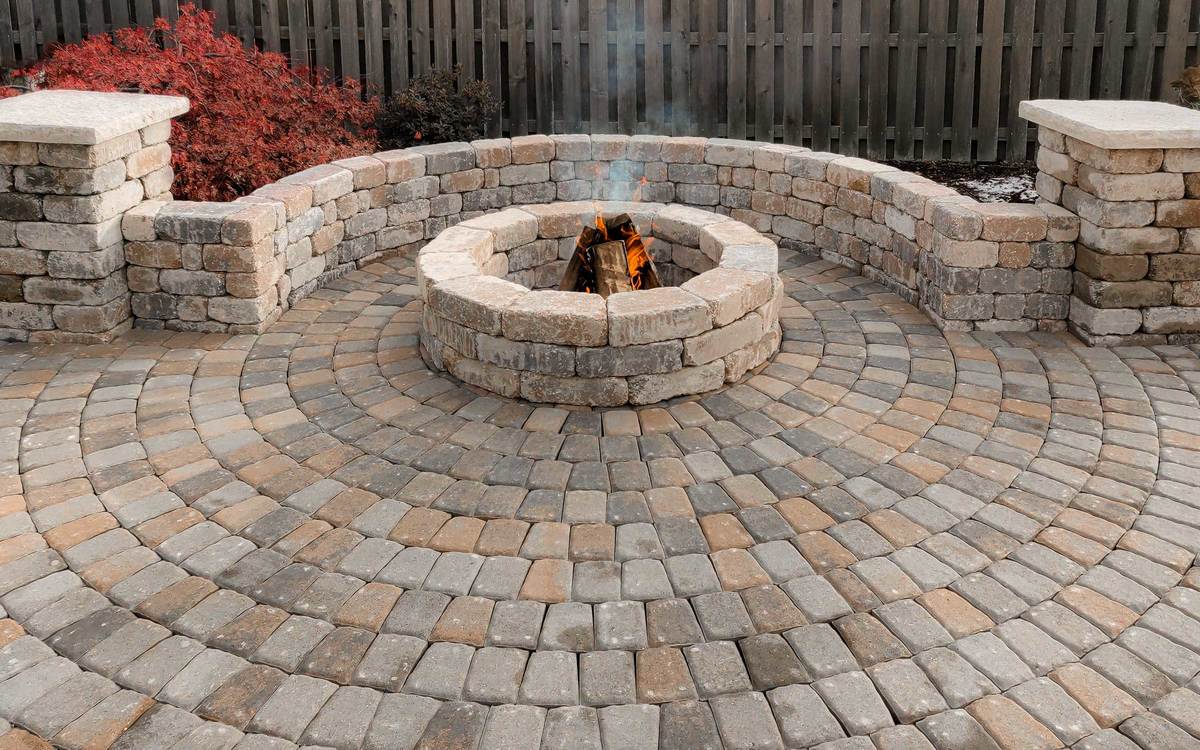
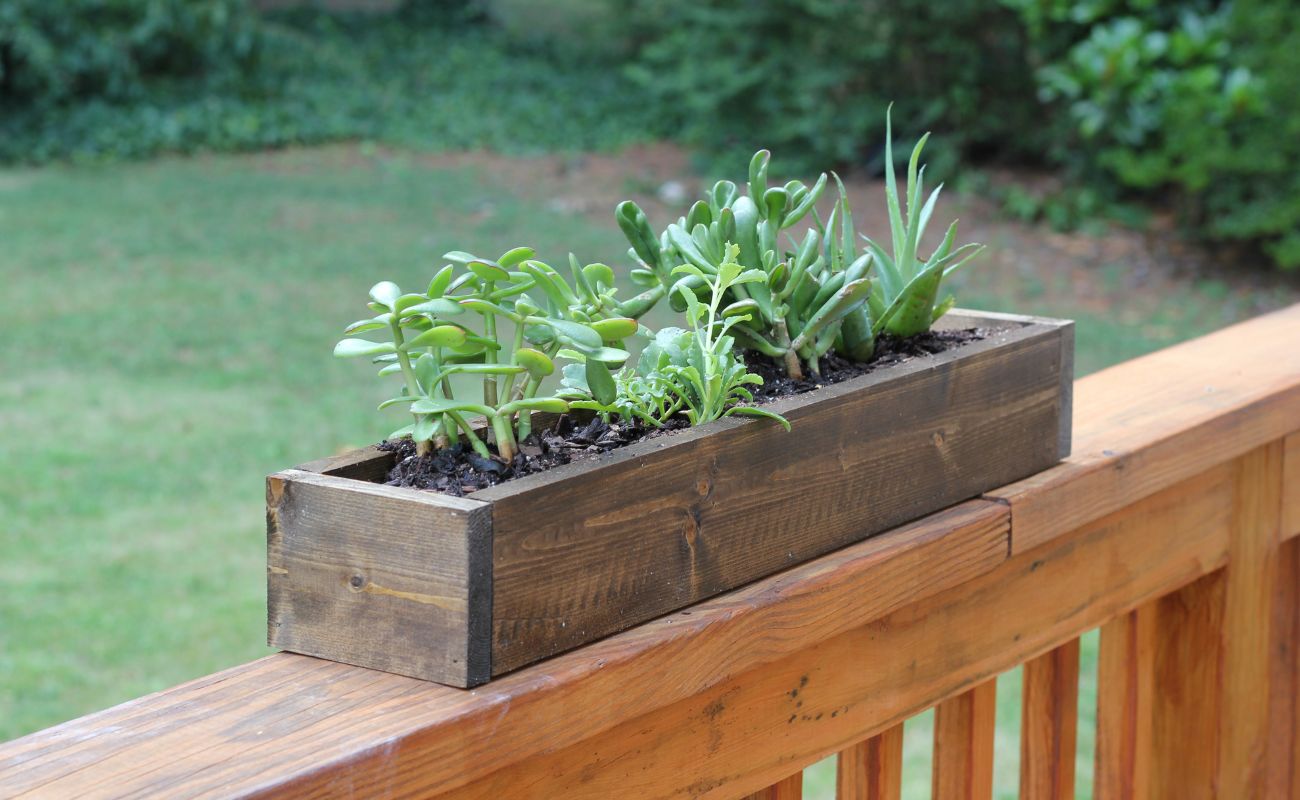
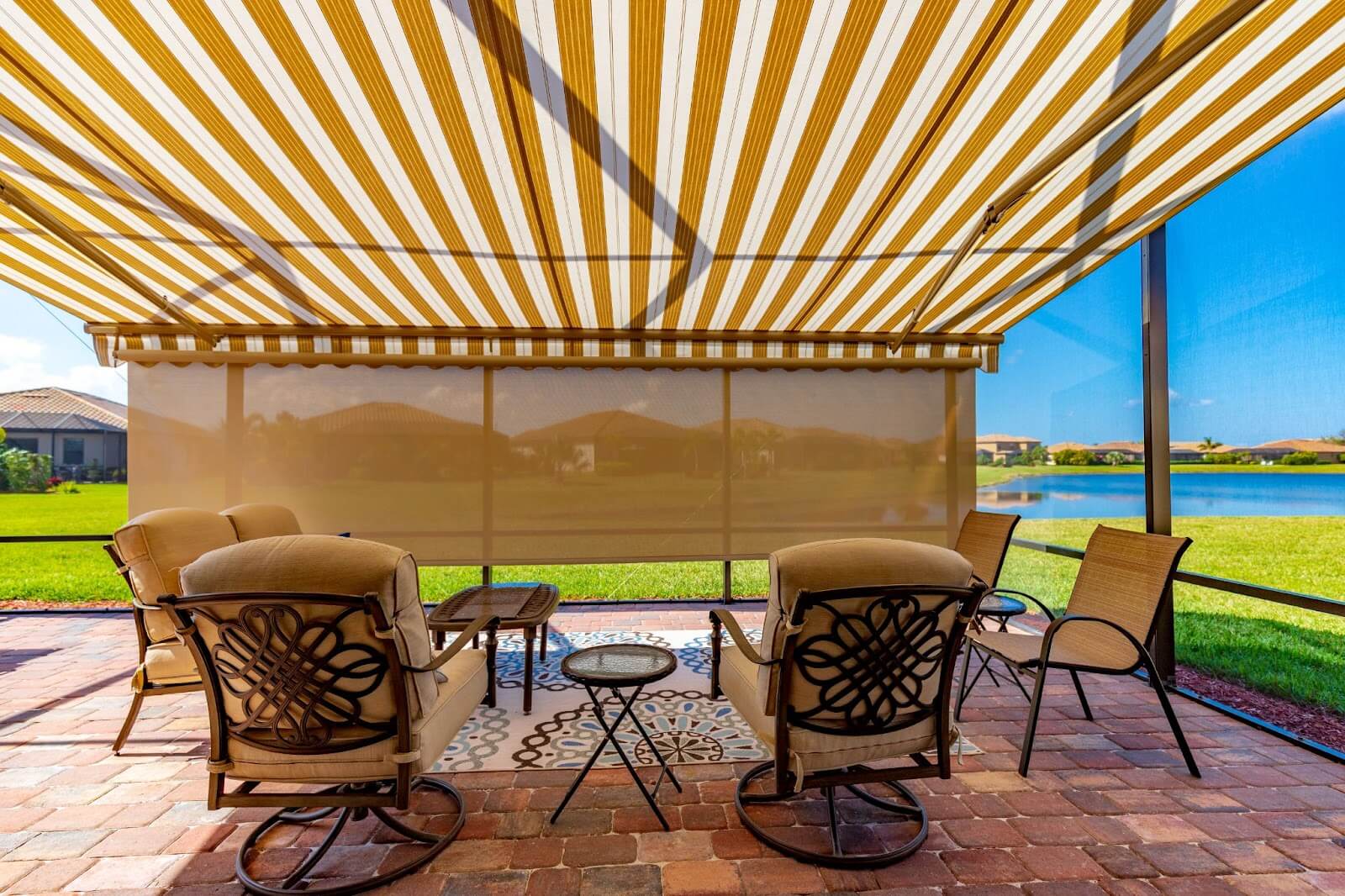
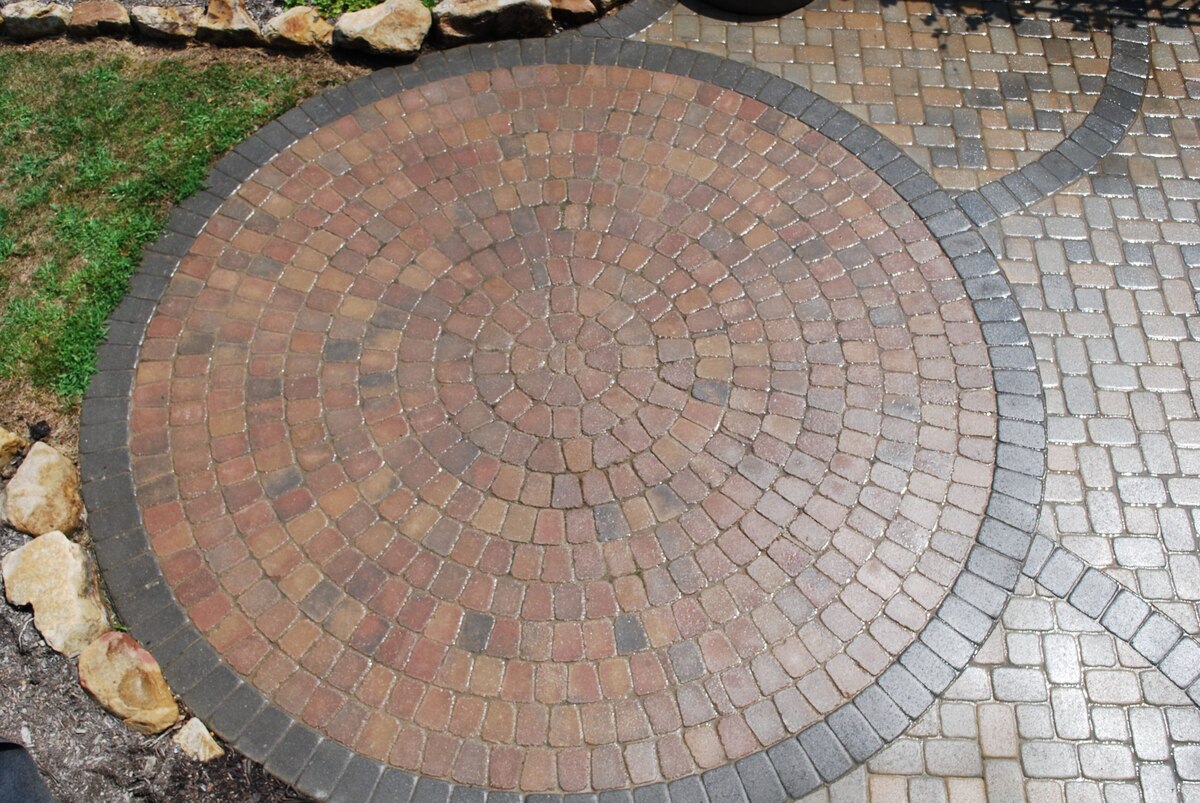
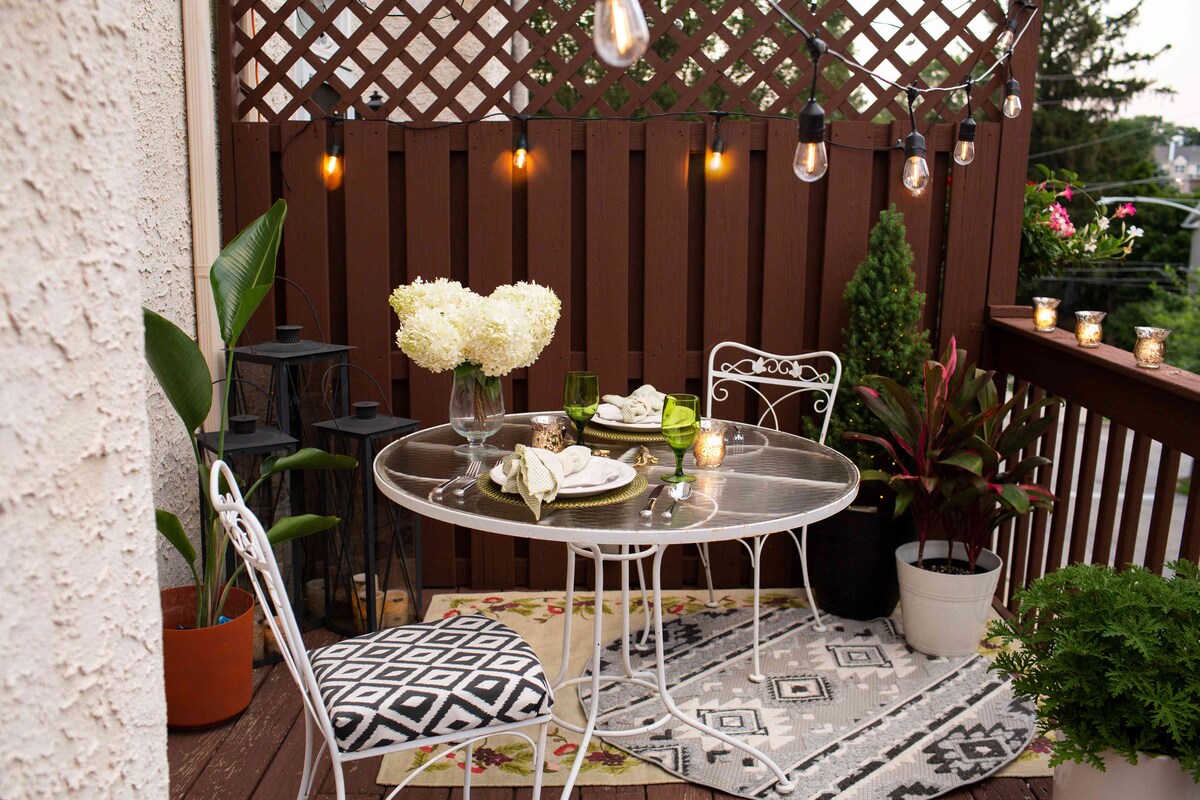

0 thoughts on “How To Make A Patio Table”